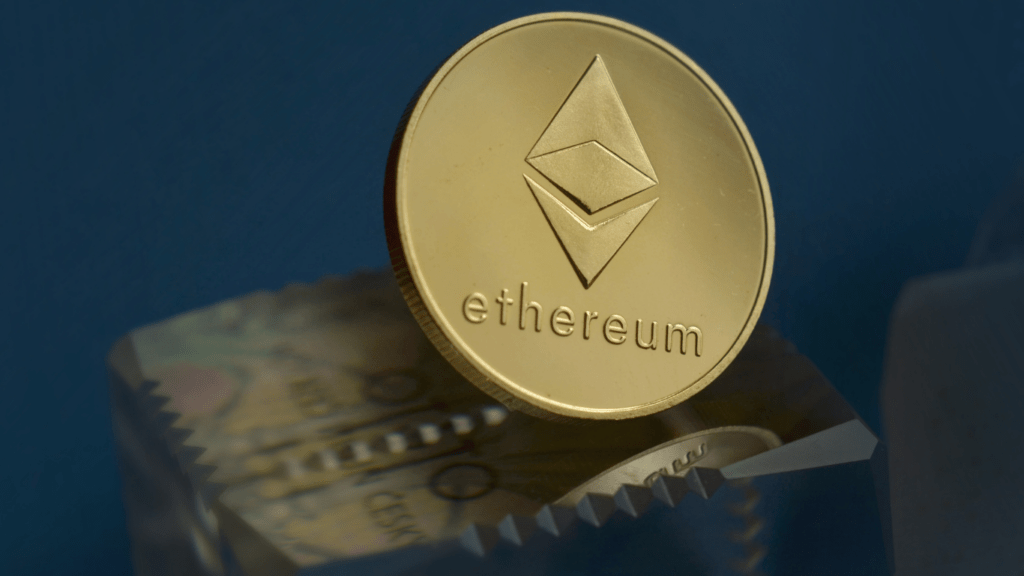Navigating the world of Non-Fungible Tokens (NFTs) can be an exhilarating journey for collectors and creators alike. However, amidst the excitement lies a crucial factor that often determines the success and cost-effectiveness of these transactions Ethereum gas fees.
As an avid participant in the NFT space, I’ve witnessed firsthand how these fees can significantly influence the buying, selling, and trading of digital assets on the blockchain. In this article, I’ll delve into the intricate relationship between Ethereum gas fees and NFT transactions, shedding light on how these fees impact the overall user experience and market dynamics.
Understanding the nuances of gas fees is essential for anyone looking to engage with NFTs efficiently and economically. Join me as I explore the implications of gas fees on the vibrant world of NFTs and uncover strategies to navigate this critical aspect of the blockchain ecosystem.
Overview of Ethereum Gas Fees
Understanding Ethereum gas fees is crucial for anyone involved in NFT transactions. Gas fees represent the cost of performing transactions on the Ethereum blockchain. These fees are paid to miners to validate and process transactions.
The level of gas fees can fluctuate based on network congestion and the complexity of the transaction. Gas fees play a vital role in determining the speed and priority of a transaction. The higher the gas fee, the faster the transaction is likely to be processed.
However, paying high gas fees may not always be feasible or cost-effective, especially for smaller transactions. It’s essential to monitor gas fees regularly, especially when engaging in NFT transactions where costs can escalate quickly due to the high demand and competition for block space.
By understanding gas fees and optimizing transaction strategies, individuals can navigate the NFT market more efficiently and cost-effectively.
Factors Influencing Ethereum Gas Fees
Ethereum gas fees are influenced by several key factors that dictate the cost of transactions on the blockchain network. Understanding these factors is crucial for effectively managing transaction costs in the realm of NFTs.
Network Congestion
Network congestion plays a significant role in determining Ethereum gas fees. During peak times when the network is congested with a high volume of transactions, gas fees tend to increase due to the limited capacity available for processing transactions.
As a result, users may experience delays and higher costs when conducting NFT transactions.
Gas Price Mechanics
Gas price mechanics refer to the mechanism by which users set the price they are willing to pay for each unit of gas used in a transaction. Users can adjust the gas price to prioritize their transactions based on speed and efficiency.
However, setting a higher gas price does not guarantee immediate processing, as network congestion can still impact the overall transaction speed and cost. It’s essential to strike a balance between gas price and transaction urgency to optimize costs effectively when engaging in NFT transactions on the Ethereum blockchain.
Importance of Gas Fees in NFT Transactions
- Importance of Gas Fees: Gas fees are crucial in NFT transactions, influencing transaction speed and efficiency for both collectors and creators. Understanding these fees enhances user experience and optimizes market interactions.
-
Factors Affecting Gas Fees: Gas fees on the Ethereum blockchain fluctuate due to network congestion and transaction complexity. Users can set their preferred gas price, but higher fees don’t guarantee faster processing, making it essential to balance cost and urgency for effective NFT transactions.
Case Studies: Gas Fees Impact on NFT Transactions
In examining the impact of Ethereum gas fees on NFT transactions, I’ve gathered insightful case studies that shed light on how these fees can influence the overall user experience and market dynamics within the NFT ecosystem.
Case Study 1: High Gas Fees and Trading Volume
When gas fees surge on the Ethereum network, users engaging in NFT transactions often face dilemmas regarding the cost-effectiveness of their activities. For instance, during periods of high network congestion, like when popular NFT drops occur, gas fees can skyrocket, affecting the profitability of both buyers and sellers.
In such scenarios, NFT enthusiasts may find themselves reevaluating their trading strategies to accommodate the increased transaction costs, ultimately impacting trading volume within the marketplace.
Case Study 2: Gas Fees and Artist Royalties
Another crucial aspect to consider is how gas fees impact artists within the NFT space. Artists minting their creations as NFTs rely on these transactions for revenue generation. When gas fees are exorbitant, artists may receive a smaller portion of the final sale price due to the deductions made to cover the transaction costs.
This dynamic could potentially undermine the incentive for artists to participate in the NFT market, highlighting the need for sustainable fee structures to support creators and maintain a vibrant ecosystem.
Case Study 3: Gas Fees and Secondary Market Transactions
In the secondary NFT market, where resales of digital assets take place, gas fees play a significant role in influencing the liquidity and accessibility of NFTs. High gas fees can deter buyers from engaging in frequent transactions, leading to reduced activity in the secondary market.
Consequently, this liquidity crunch can hinder the organic growth and diversity of NFT collections as participants navigate the trade-offs between transaction costs and potential returns. By analyzing these case studies, it becomes evident that Ethereum gas fees have a multifaceted impact on NFT transactions, affecting various stakeholders across the ecosystem.
As the blockchain landscape continues to evolve, understanding and effectively managing gas fees will be paramount in ensuring the sustainable growth and accessibility of NFT markets.
Strategies to Mitigate Gas Fee Impact on NFT Transactions
In navigating the challenges posed by Ethereum gas fees in Non-Fungible Token (NFT) transactions, several strategies can be employed to mitigate their impact effectively. As a user operating within the NFT ecosystem, optimizing transaction costs is crucial for enhancing efficiency and maximizing gains.
Below are proactive measures that can help manage the influence of gas fees on NFT transactions:
1. Monitor Gas Prices Regularly
Regular monitoring of gas prices is essential in gaining insights into cost fluctuations and identifying opportune moments for conducting NFT transactions. By staying informed about current gas fee trends, users can strategically time their transactions to capitalize on lower fees during periods of reduced network congestion.
2. Utilize Gas Estimation Tools
Gas estimation tools provide users with accurate estimations of gas costs based on current network conditions. By leveraging these tools before initiating transactions, individuals can make informed decisions regarding the gas price to set, optimizing costs and transaction efficiency.
3. Batch Transactions
Grouping multiple transactions into a single batch can help streamline the process and reduce overall gas fees. By consolidating several actions into one transaction, users can optimize gas efficiency and minimize costs associated with individual transactions.
4. Choose Optimal Gas Price
Selecting an appropriate gas price that balances transaction urgency with cost-effectiveness is crucial in managing gas fees. Users should consider the desired transaction speed alongside the associated gas costs to strike a balance that aligns with their preferences and budget.
5. Utilize Layer 2 Scaling Solutions
Exploring Layer 2 scaling solutions can alleviate the burden of high gas fees on the Ethereum network. By offloading transactions to Layer 2 networks, users can benefit from reduced fees and faster transaction speeds while maintaining the security and integrity of the main Ethereum blockchain.
6. Engage During Off-Peak Hours
Engaging in NFT transactions during off-peak hours can help users avoid high gas fees resulting from network congestion. By strategically timing transactions when network activity is lower, individuals can optimize costs and enhance transaction efficiency.
By implementing these strategic approaches, users can navigate the challenges posed by Ethereum gas fees in NFT transactions more effectively, ensuring a smoother and more cost-efficient transaction experience within the dynamic landscape of the blockchain market.





